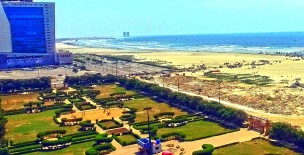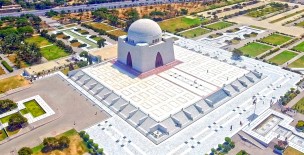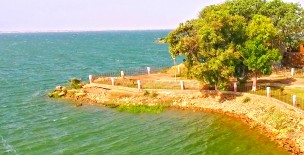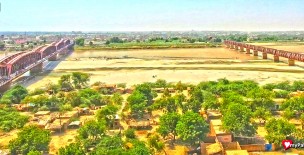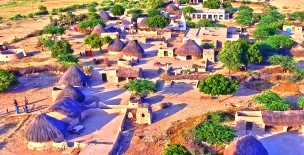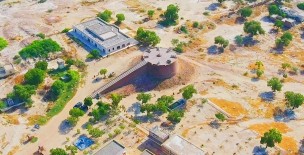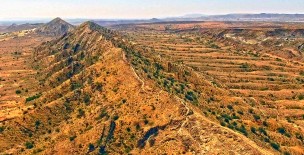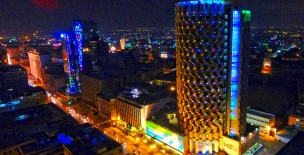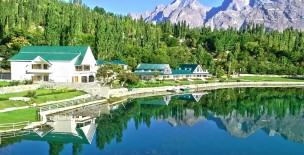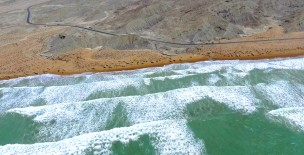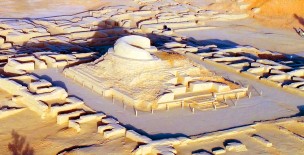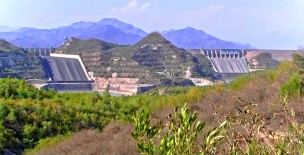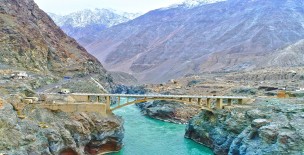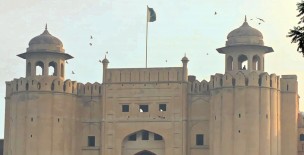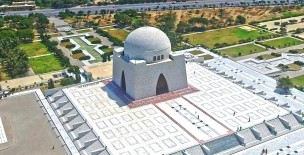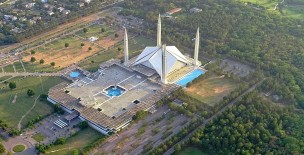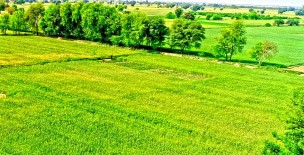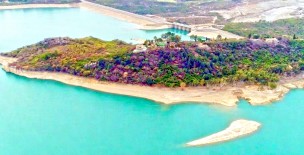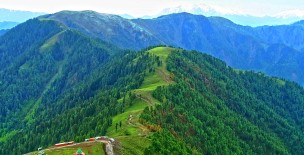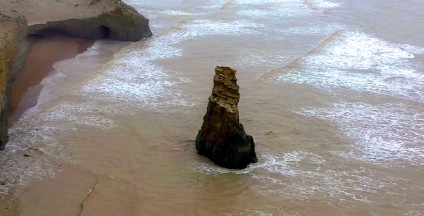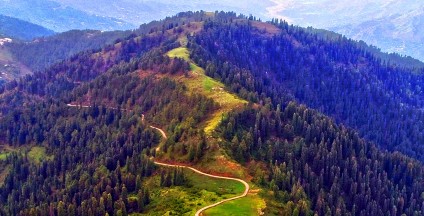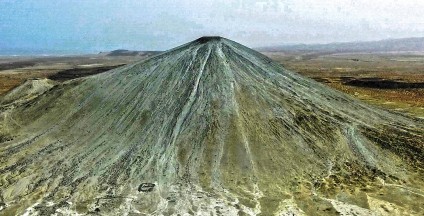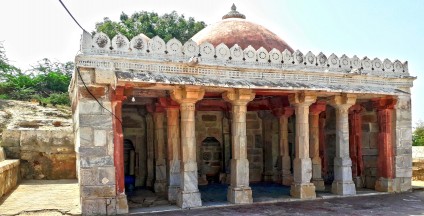Makli Necropolis is one of the largest funerary sites in the world, spread over an area of 10 square kilometres near the city of Thatta, in the Pakistani province of Sindh.
The site houses approximately 500,000 to 1 million tombs built over the course of a 400 year period.
Makli Necropolis features several large funerary monuments belonging to royalty, various Sufi saints, and esteemed scholars.
The site was inscribed as a UNESCO World Heritage Site in 1981 as an "outstanding testament" to Sindhi civilization between the 14th and 18th centuries.
The site, and nearby hills, are said to derive their name from a legend in which a Hajj pilgrim stopped at the site and erupted into spiritual ecstasy, declaring the site to be Makkah for him.
The Sufi saint Sheikh Hamad Jamali is then said to have named the site "Makli", or "Little Makkah", after hearing the story of the pilgrim.
The Sufi saint, poet and scholar Shaikh Jamali established a khanqah, or Sufi gathering site, at Makli and was eventually buried there.
The 14th century Trakhan ruler, Jam Tamachi, venerated the saint and wished to be interred near the saint, beginning the tradition of using Makli as a funerary site.
The site rose to prominence as a major funerary site during under the rule of the Samma dynasty, who had made their capital near Thatta.
The most architecturally significant tombs at the site date from around the time of the Mughal era, between 1570 and 1640 CE.
